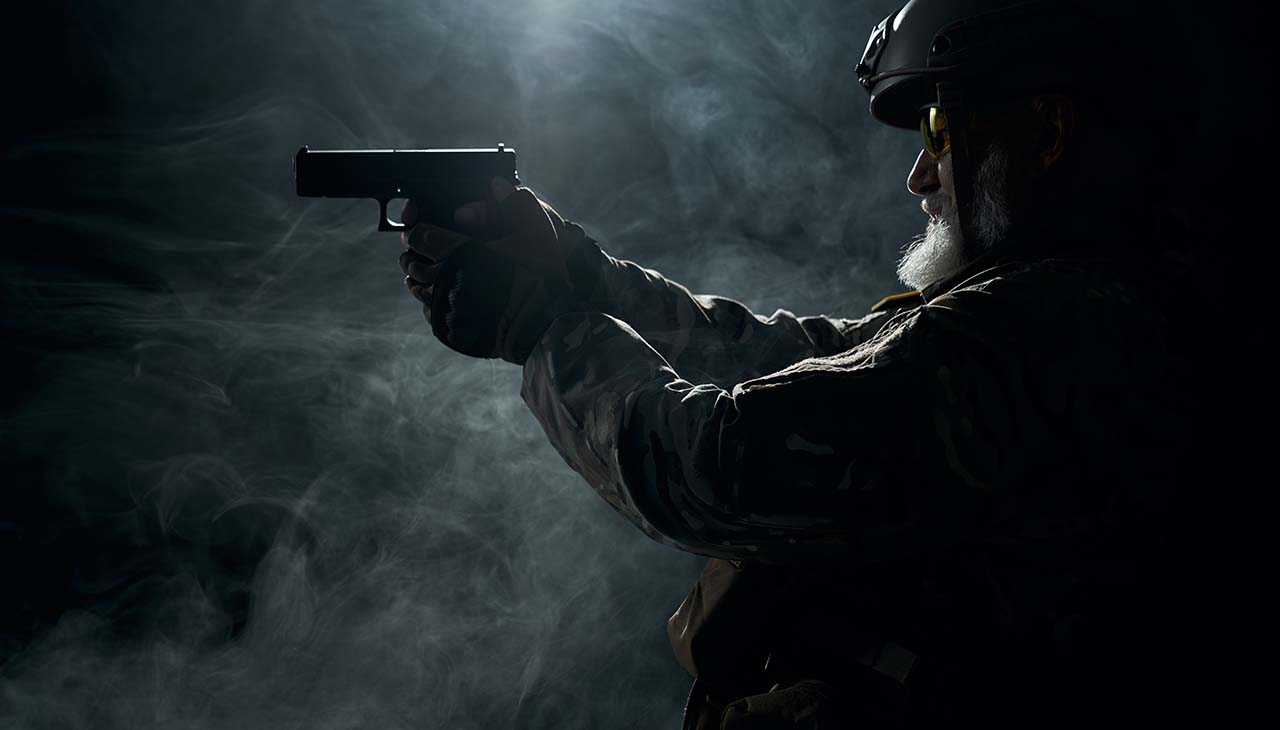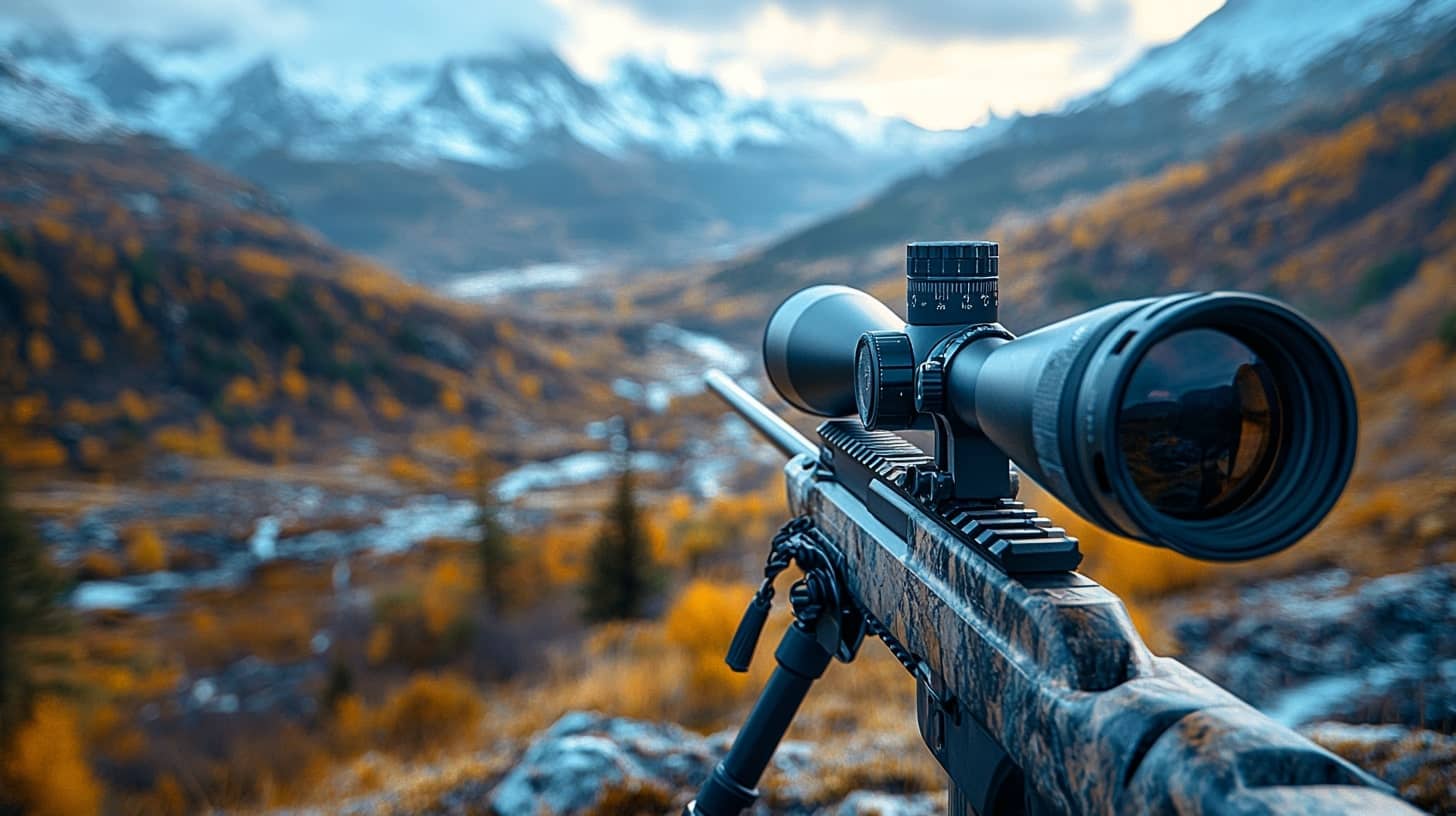Intro
Rifle scopes can be a great tool for hunters, target shooters, and other firearm enthusiasts to improve accuracy and enhance their shooting experience. But like any piece of equipment, rifle scopes require proper maintenance and care to function properly. Here are some tips on how to use and maintain your rifle scope so that it continues to provide you with the best performance possible.
Cleaning and Maintenance
The most important maintenance tip for your rifle scope is to make sure it’s clean. Dust, dirt, or debris can obstruct the lenses of the scope, reducing clarity and accuracy. To keep your scope clean, use a damp cloth with a mild cleaning solution or rubbing alcohol. Be careful not to touch the lenses with your fingers as this can cause scratches.
It’s also important to keep the internal workings of the scope free from dirt and dust. For this, use a soft brush or air compressor to blow away any debris. Additionally, lubricate the moving parts within the scope regularly so that they stay in good condition and perform optimally.
Adjustments
Once your scope is clean, you need to adjust it properly for the best possible performance. This includes setting the proper eye relief, which is the distance between your eye and the ocular lens of the scope when it’s mounted on your gun. Too much or too little eye relief can reduce accuracy. Most rifle scopes have adjustable objectives that allow you to adjust focus and parallax to ensure that the crosshairs line up with your target.
Storage
When you’re not using your rifle scope, store it in a dry, climate-controlled environment. This will help keep the optics from accumulating dust and moisture, which can damage the lenses. It’s also important to make sure that the scope is secured to the gun or stowed away in a safe place when not in use.
Proper Mounting
Another critical aspect of maintaining your rifle scope is ensuring that it’s mounted correctly. A poorly mounted scope can lead to inaccurate shooting and excessive wear on the equipment. When mounting the scope, make sure the crosshairs are aligned correctly and that the scope rings are secure but not overly tight, which can damage the scope. It’s also a good idea to use a leveling tool to ensure the crosshairs are perfectly level.
Regular Inspection
To maintain the performance and longevity of your rifle scope, it’s important to inspect it regularly. Look for any signs of wear or damage, such as scratches on the lenses, loose adjustment knobs, or dents on the body of the scope. If you detect any issues, it’s best to have the scope serviced by a professional to avoid further damage.
Quality over Quantity
When it comes to choosing a rifle scope, it’s always better to invest in quality over quantity. High-quality scopes, although more expensive, will provide better accuracy, durability, and performance. They typically have better optics, offer clearer images, and are more reliable under various environmental conditions. So, if you are a regular user, it’s advisable to spend a bit more on a high-quality scope that will last longer and perform better.
Understanding Magnification
Rifle scopes come with different magnification levels, which determine how much closer the target appears when looking through the scope. Higher magnification doesn’t necessarily mean better performance. The right magnification depends on your intended use. For instance, for close to mid-range shooting, a low to moderate magnification (like 3-9x) is generally sufficient. For long-range shooting, you might need a higher magnification scope.
Remember, however, that higher magnification scopes tend to be heavier and may require more practice to use effectively. Also, at very high magnification levels, image quality can degrade due to atmospheric conditions like heat waves or mirages.
Reticle Types
The reticle, or the crosshairs, is another important feature of a rifle scope. There are many types of reticles available, each with its advantages. The most common types are duplex reticles, mil-dot reticles, and BDC (bullet drop compensator) reticles. Duplex reticles are the simplest and most common type, ideal for general hunting and shooting. Mil-dot reticles are more complex and are useful for estimating distance, windage, and bullet drop. BDC reticles are specifically designed for long-range shooting, with marks that indicate the bullet drop at different distances. Choose a reticle type that suits your shooting needs and experience level.
Conclusion
Rifle scopes can significantly enhance your shooting accuracy and overall experience, but they require regular maintenance and attentive care. By keeping your scope clean, making proper adjustments, storing it correctly, mounting it securely, and conducting regular inspections, you can boost the longevity and performance of your equipment. Remember that any signs of wear or damage should be addressed immediately – ideally by a professional to prevent further issues. With these practices in mind, your scope will remain a reliable tool for many years to come.



